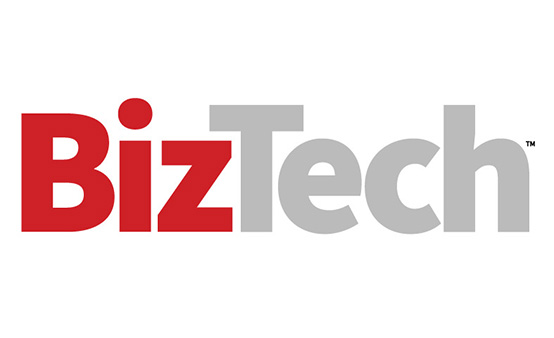Step 4. Prioritize High-Impact Use Cases
Once data governance policies are in place, SMBs can pair an AI application with a specific high-value use case. Opt for use cases that deliver measurable, near-term value. Common examples include:
- Customer Outreach: AI can generate tailored communications based on customer profiles, saving sales teams hours of repetitive drafting.
- Help Desk Support: Internal chatbots can automate tier-one IT support (password resets, printer setup) and escalate only when necessary.
- Document Processing: AI can analyze lengthy RFPs or proposals, pulling out key requirements and accelerating response times.
- Customer Analytics: Machine learning models can surface buying patterns or service gaps, helping SMBs refine products and experiences.
Make sure that each use case is tied to a business outcome, whether that’s faster response times with customers, higher productivity rates or improved sales conversion.
Step 5. Close Gaps With the Right Services
Many SMBs have just one or two employees managing the entire IT environment. If staff is lean, managed services can help close the gaps in professional services, governance policies and security checks.
Whether SMBs want a regular health check or a turnkey implementation, external expertise can help small IT departments deploy AI confidently without straining limited resources.
Step 6. Encourage Adoption With Training and Change Management
One of the biggest issues I hear is that a SMB implements AI, but then teams don’t fully use it. That can happen if IT leaders deploy licenses without offering training tools to employees.
Ensure your teams understand that AI’s role is to facilitate their work, not replace it. Explain that AI can reduce repetitive tasks and free up time for higher-value projects. That may lower resistance and quell any fears that arise with the introduction of a new technology product.
A phased rollout can also help employees get familiar with AI over time. This also gives IT leaders a chance to set expectations around how success will be measured.
FIND OUT: Unlock AI's potential and achieve actionable insights with your data.
Step 7. Manage Costs and Expectations
I always encourage SMBs to start small with pilot projects. Issue a limited number of licenses across different departments to test real-world impact.
For example, engineering teams might see high ROI from AI-powered code scanning, while marketing may not gain as much value from it. Test each use case before scaling across the organization.
Free public AI tools are tempting but ungoverned models can lead to the exposure of sensitive business data. You don’t want to give away the data and secrets that make your business yours. That uniqueness and data is your greatest commodity.
UP NEXT: 900 IT leaders share how they're managing AI in CDW's 2025 proprietary research report.
Partner With CDW to Avoid Common Pitfalls
There are three areas where SMBs often stumble as they implement AI. The first is when teams lack clear objectives and deploy AI without defining business goals. This makes ROI nearly impossible to measure.
Casting too wide a net can also be tricky, creating high costs and low return. Don’t race to roll out AI companywide without piloting first. Be confident that the application and use-case pairing works before you scale.
And third is when businesses lack sufficient training. Employees won’t use tools they don’t understand, so don’t overlook this step.
With the right guardrails and tech partners in place, SMBs can avoid these pitfalls and deploy AI responsibly. It just requires staying focused, protecting intellectual capital and focusing on the areas that will unlock the biggest efficiencies.
This article is part of BizTech's AgilITy blog series.












